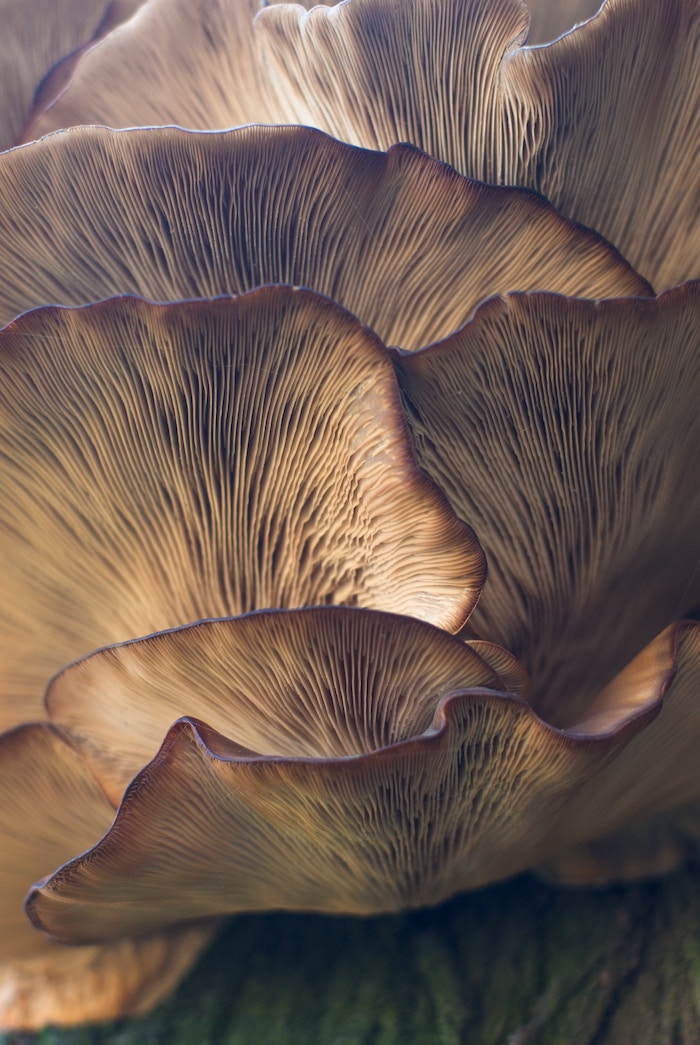
Today we’re going to talk about spring cleaning and spring decluttering, but we’re going to bring a fresh take and introduce a less overwhelming tactic to help you welcome the new season.
Spring cleaning dates back thousands of years, it’s a tradition that has been observed in many religions and cultures for centuries. Some historians believe that the practice may have originated in ancient Iran, where Persian new year falls on the first day of spring. This holiday, called Nowruz, involves deep cleaning of your home to prepare for the new year and symbolize renewal and rebirth.
In ancient Greece, spring cleaning was a religious practice associated with the festival of Anthesteria. This festival, which celebrated the end of winter and the beginning of spring, involved a purification ritual in which homes were swept and cleansed to rid them of evil spirits.
Throughout history, spring cleaning has been associated with the arrival of warmer weather and longer days. It’s usually a time when people feel more energized and motivated to tackle the dust and clutter that has accumulated over the long, dark winter.
In the past we’ve talked about decluttering your hobbies, your calendar and your mindset. We’ve always known the importance of clearing out the clutter from all aspects of your life, and today we’ll be helping you tackle spring cleaning through decluttering.
Spring decluttering is better than spring cleaning.
What’s the difference between spring cleaning and spring decluttering?
Spring cleaning and spring decluttering are related but distinct activities. Spring cleaning generally refers to a thorough cleaning of the home, including tasks like washing windows, scrubbing floors, and deep cleaning carpets. It is focused on removing dirt, dust, and grime that has accumulated over the winter months.
Spring decluttering, on the other hand, is focused on getting rid of excess possessions and creating a more organized, streamlined living space. It involves sorting through items and deciding what to keep, donate, sell, or throw away.
While both activities are often done in the spring, the goals and methods are different. Spring cleaning is about making the home physically cleaner, while spring decluttering is about creating a more clutter-free, stress-free environment by getting rid of things that are no longer needed or wanted.
And at the end of the day, spring decluttering makes spring cleaning even easier because it’s easier to clean a less cluttered home.
Spring decluttering tips to get started
Create a spring decluttering plan
Before you begin decluttering, take some time to make a plan. Decide which areas of your home you want to tackle first and set realistic goals for what you want to achieve. Be sure to schedule breaks in between, so you don’t get overwhelmed.
Remember, decluttering is a process that takes time, and it’s okay to take it one step at a time.
Pro tip: set a timer for 15 minutes and dedicate that time to creating a spring decluttering checklist. Break it down into rooms you need to declutter and then break those rooms down into sections (i.e. your bedroom can be broken down into your closet, nightstand, desk, ect)
Begin with your easiest (and most lived-in) spaces
Don’t jump headfirst into spring decluttering with your attic or basement. While it might feel proactive to start with your space that needs spring decluttering the most, it’s your least lived space.
Like this post?
Sign up for our newsletter and we’ll send you more awesome posts like this!
You can spend 2 weeks decluttering your attic just to shut the door and not enter the space again until next spring. Instead, declutter the rooms you spend the most time in, so you can immediately feel the rewarding calm and peace in those spaces.
Start with easy wins, that will help you stay motivated to keep going.
Physically touch everything you own, as your sort it
When you pick up each item that you own, you're forced to make a decision about it. This is your chance to be ruthless. Be honest with yourself about what you need and what you don’t. If this is the first time you’re holding this item in over a year, it’s likely that you don’t need it anymore.
Also, be mindful of your emotional attachment to things and don’t be afraid to let go of things that no longer serve you.
Mari Kondo talks about physically holding each item that you own to see if it sparks joy and happiness. We believe that this method can help you be more ruthless about the space you want to live in, and the things that fill that space.
Keep sentimental items in check
It's easy to get sentimental about certain items. Don’t keep every scrap of paper you’ve written something down on, you don’t need to keep every trophy from your childhood if they aren’t serving you and your space. And if you have sentimental items that you don’t want to get rid of, consider storing them in a memory box or other designated space.
If you’re having trouble getting rid of things, ask yourself these questions about each item as you’re holding it:
- Do I need it?
- Why do I have it?
- What would I use if I didn’t own it?
Sort items into piles
Once you've divided your belongings into categories, sort them into piles. You might have a pile for items you want to keep, another for items you want to donate, and a third for items you want to throw away. Be sure to label each pile clearly, so you don't accidentally get rid of something you want to keep.
Get rid of items responsibly
When you're decluttering, it's essential to get rid of items responsibly.
Don't throw everything in the trash; instead, donate items that are in good condition to a local charity or thrift store. You can also sell items online or at a yard sale. For items that can't be reused or recycled, look for disposal options that are environmentally friendly, such as hazardous waste collection sites.
Create a clutter-free zone
Once you've decluttered your home, create a clutter-free zone. This could be a small area, like a desk or a corner of a room, where you commit to keeping clutter at bay. Make it a habit to declutter this zone regularly and keep it organized. This will help you maintain the progress you've made and prevent clutter from taking over again.
If you work from home, make your clutter-free zone your desk. Keeping your desk free of clutter is one of the best ways to stay productive and motivated.
Maintain a minimalist mindset
Finally, to prevent clutter from building up again, maintain a minimalist mindset. Be mindful of what you bring into your home and think critically about whether it's something you really need or want. Adopt a "one in, one out" policy, where you get rid of an item before bringing in a new one. This will help you maintain a clutter-free home and a more intentional, mindful approach to the things you own.
If you’re interested in more spring decluttering tips, we highly recommend reading “The Simple Joy of Tidying Up” by Mari Kondo. Her approach to creating a home full of joy and happiness is constantly helping us to tidy clutter and buy less.
Decluttering your home in the spring is a great way to start the season fresh and create a more peaceful, organized living space. By following these tips and making a plan and maintaining a minimalist mindset, you'll be well on your way to a clutter-free, stress-free home.
If you want help building up habits that help you maintain a clutter-free lifestyle and home, download our free habit tracker. This habit tracker will help you maintain habits like your dedicated clutter-free space and it’s easy to use on your phone or laptop. Download the habit tracker here for free.






+ show Comments
- Hide Comments
add a comment